Description
Les Religieux Occidentaux en Chine à l’Époque Moderne. Essai d’Analyse Textuelle Comparée | The Western Religious in China in Modern Times. Essay in Comparative Textual Analysis
Girards, Pascale
Fondation Calouste Gilbenkian, Centre Culturel Calouste Gulbenkian, Lisboa | Paris, 2000.
Capa mole com ilustração editorial | Couverture souple-broché cousu sous jaquette illustrée | Softcover, original illustrated wrappers. 622 páginas | pages. 18 x 25 x 5cm.
Ilustrado com 1 Mapa desdobrável e 15 fotos e gravuras | Illustré 1 carte depliante et 15 planches couleurs hors-texte | Illustrated 1 fold out map and 15 plates out of text.
1ª Edição | 1ere edition | First edition.
Livro em muito bom estado, como novo. Capas e lombada impecáveis. Por abrir, nunca lido | Condition: très bon état, comme neuf. Couverture neuve, dos en parfait condition, intérieur frais, jamais lu | Brand new book. Immaculate, as new, a book never read.
Introdução e textos em francês | Introdution et textes en français | Intro and texts in French
FR
L’objet de ce travail est d’examiner les missions catholiques en Chine de la fin du seizieme au debut du dix-huitieme siecle. La perspective adoptee consiste a depasser l’historiographie traditionnelle qui privilegie systematiquement les jesuites. L’analyse integre les autres ordres presents a la meme epoque : augustins, dominicains et franciscains. La methode suivie se fonde sur une critique comparee des textes et sur une analyse de leur structure narrative ou rhetorique.
Un premier constat porte sur la construction, au vingtieme siecle, de l’historiographie missionnaire relativ e a la chine. La seconde partie de ce travail traite du corpus des chroniques et rapproche ces textes du genre hagiographique. En effet, une reference commune, la legende doree de jacques de voragine, datant de la fin du treizieme siecle, assure l’unite semantique du corpus. Dans une troisieme partie, l’analyse des effectifs missionnaires et du cadr e semi-prive de l’evangelisation conduit a s’interroger sur les relations entre les ordres et sur la place des religieux occidentaux au sein de la societe chinoise. Une quatrieme partie propose une typologie des outils de l’evangelisation, images et textes en langue chinoise, ainsi qu’une reflexion sur l’elaboration des textes : des modeles intellectuels aux conditions materielles de l’impression xylographique en passant par le role crucial des auxiliaires autochtones. La derniere partie contient une traduction in extenso d’un catechisme intitule questions et reponses lors d’une premiere rencontre (1680), oeuvre de pedro de la pinuela, eminent missionnaire franciscain du dix-septieme siecle. Un commentaire detaille suit la traduction. On y mesure l’importance de l’heritage de ricci mais egalement son depassement par pedro de la pinuela, notamment en termes d’adaptation.
ENG
The purpose is to study catholic missions in china from the end of the sixteenth century to the beginning of the eighteenth. The perspective goes way beyond traditional historiography which systematically privileges the Jesuits. Analysis covers the other orders present in china at that time : Augustinians, Dominicans, Franciscans. The method is based on a comparative review of texts and analysis of their narrative or rhetorical structure. The first part deals with the construction, in the twentieth century, of missionary historiography. The second part deals with the corpus of chronicles and draws a comparison with the hagiographic genre. A common reference, “La Legende Dorée” by Jacques de Voragine, at the end of the thirteenth century, ensures the corpus’ semantic unity. In the third part, analysis of the number of missionaries and of the semi-private context of evangelisation leads to question relationships between the various orders and the western missionaries’ situation within chinese society. The fourth part offers a typology of evangelisation tools – images and texts in Chinese – and a study on the process of texts : int ellectual patterns, material conditions of xylographic printing, crucial part played by native assistants. The final par t includes an unabridged and commented translation of a catechism called “Questions et Reponses lors d’Une Premiere Rencontre” (1680), written by Pedro de la Pinuela, a notable Franciscan missionary of the seventeenth century. One can note the importance of Ricci’s heritage but also how Pedro de la Pinuela surpassed him, particularly in terms of adaptation.


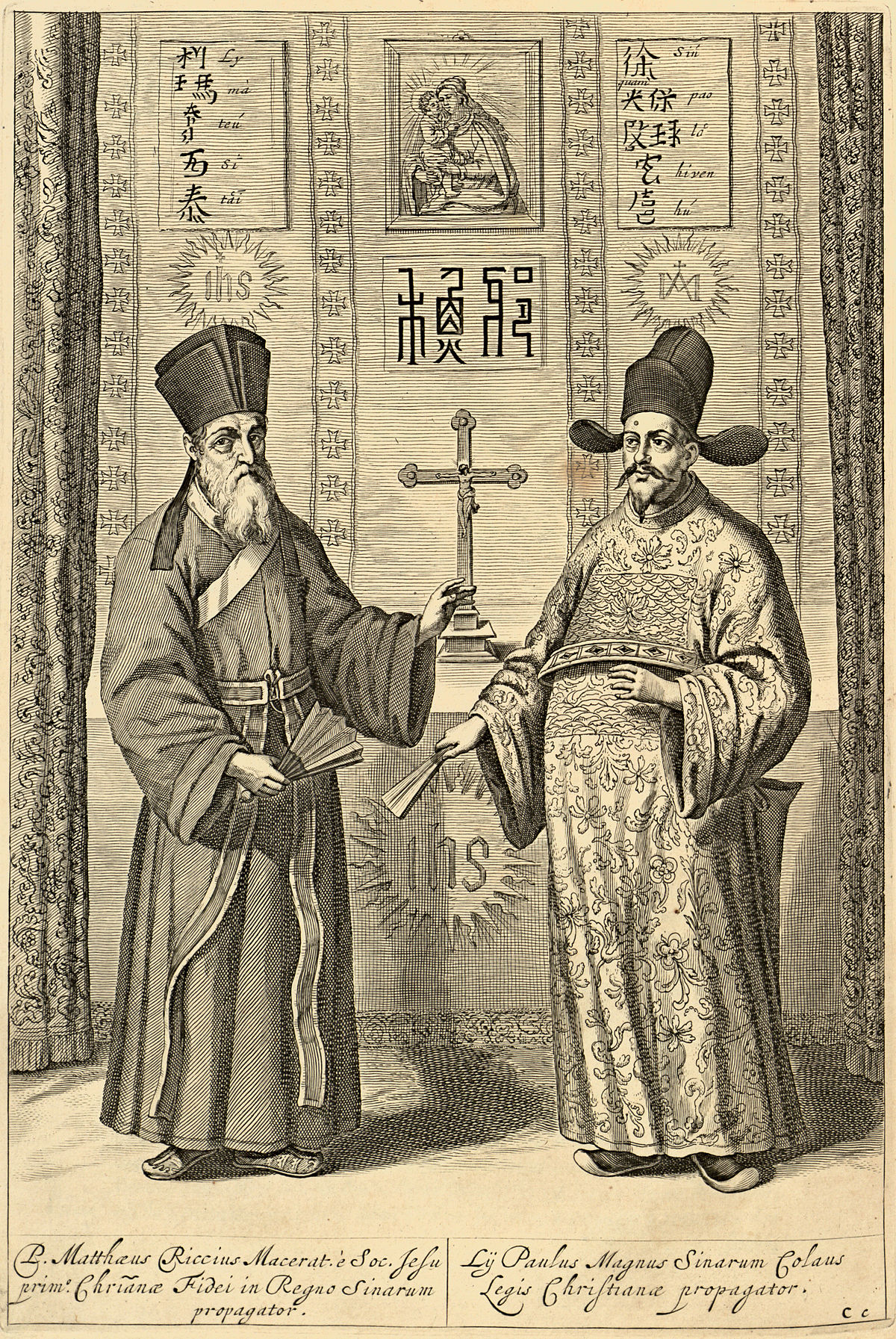
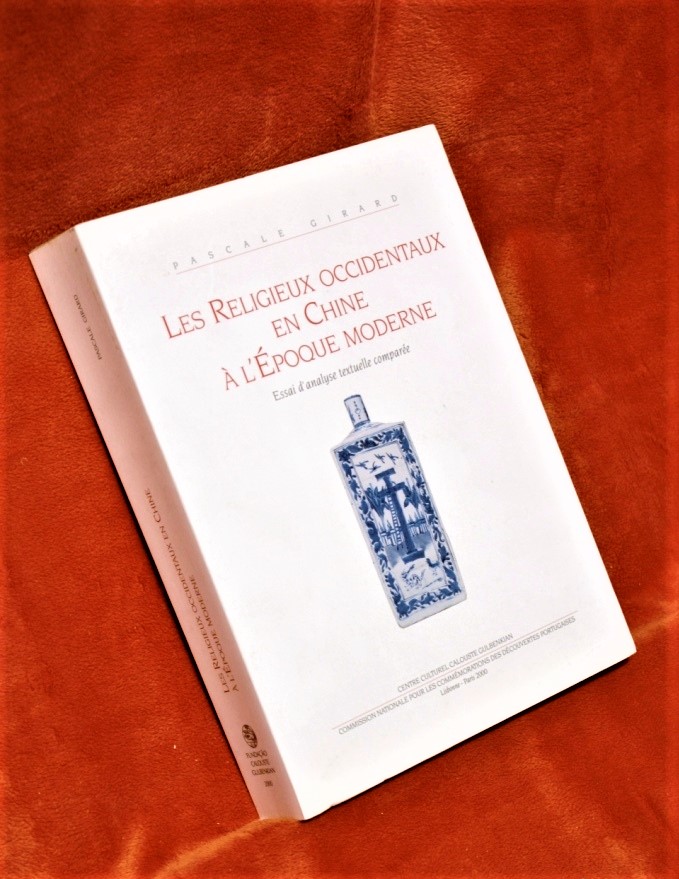
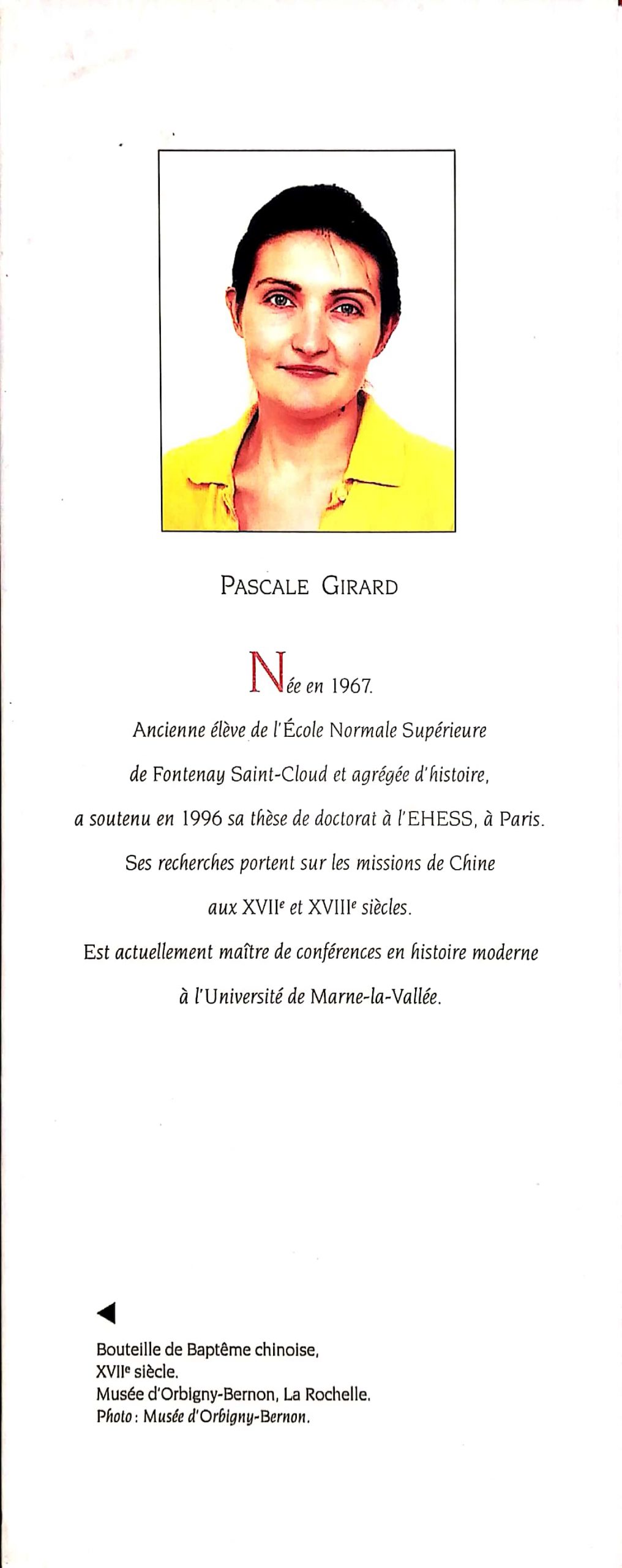

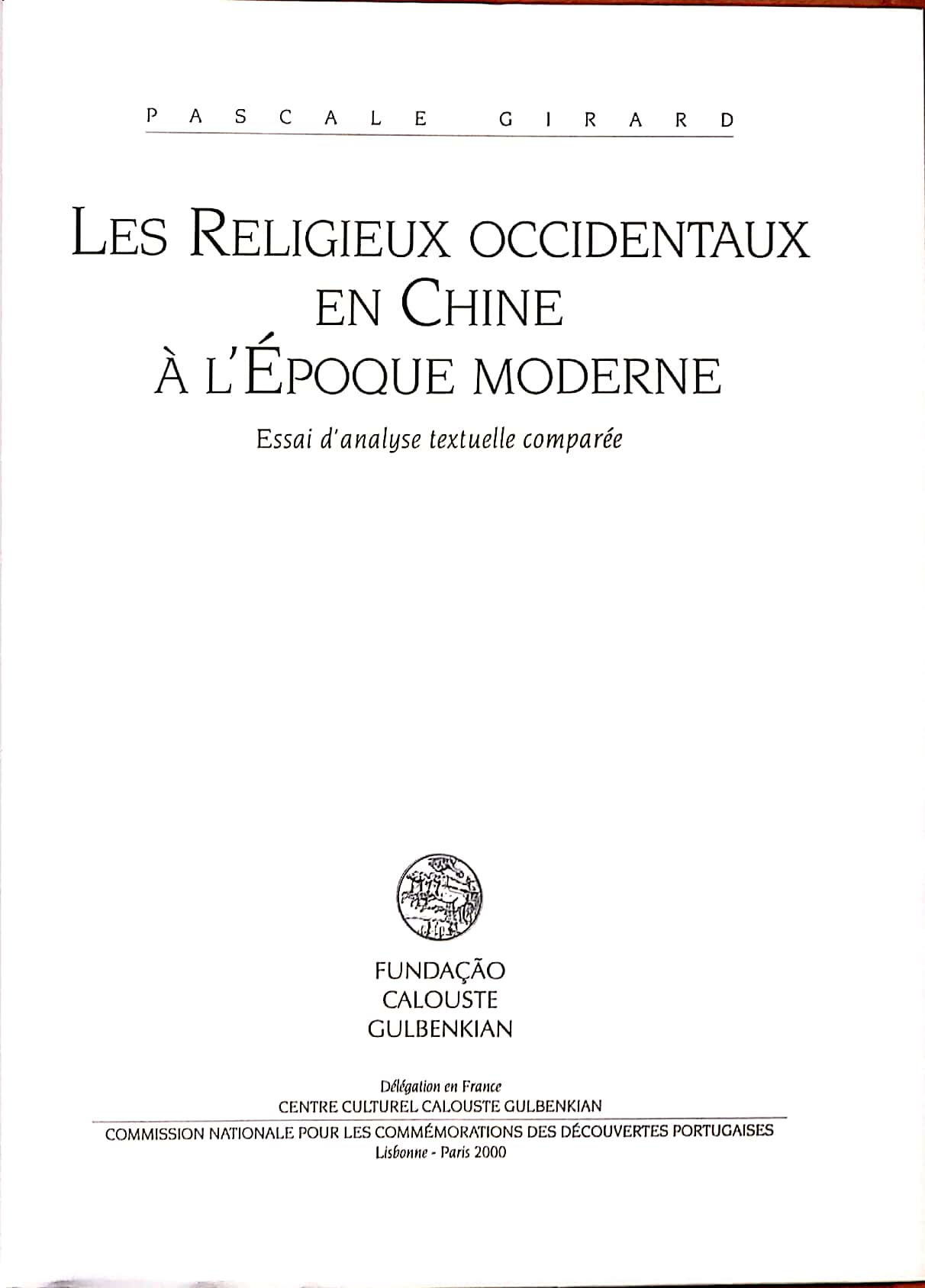




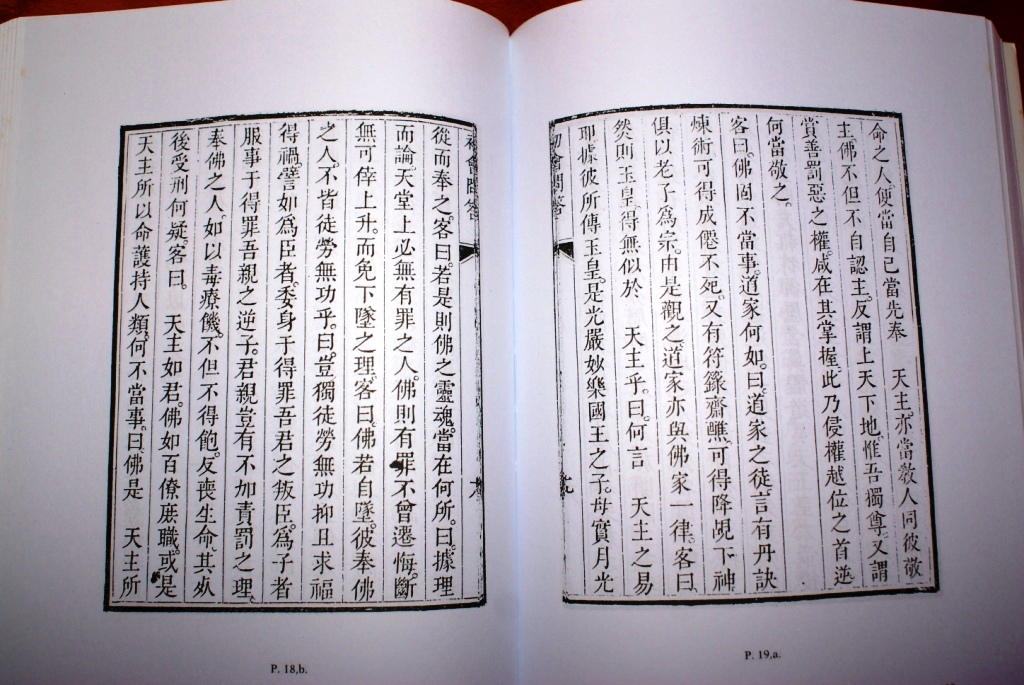

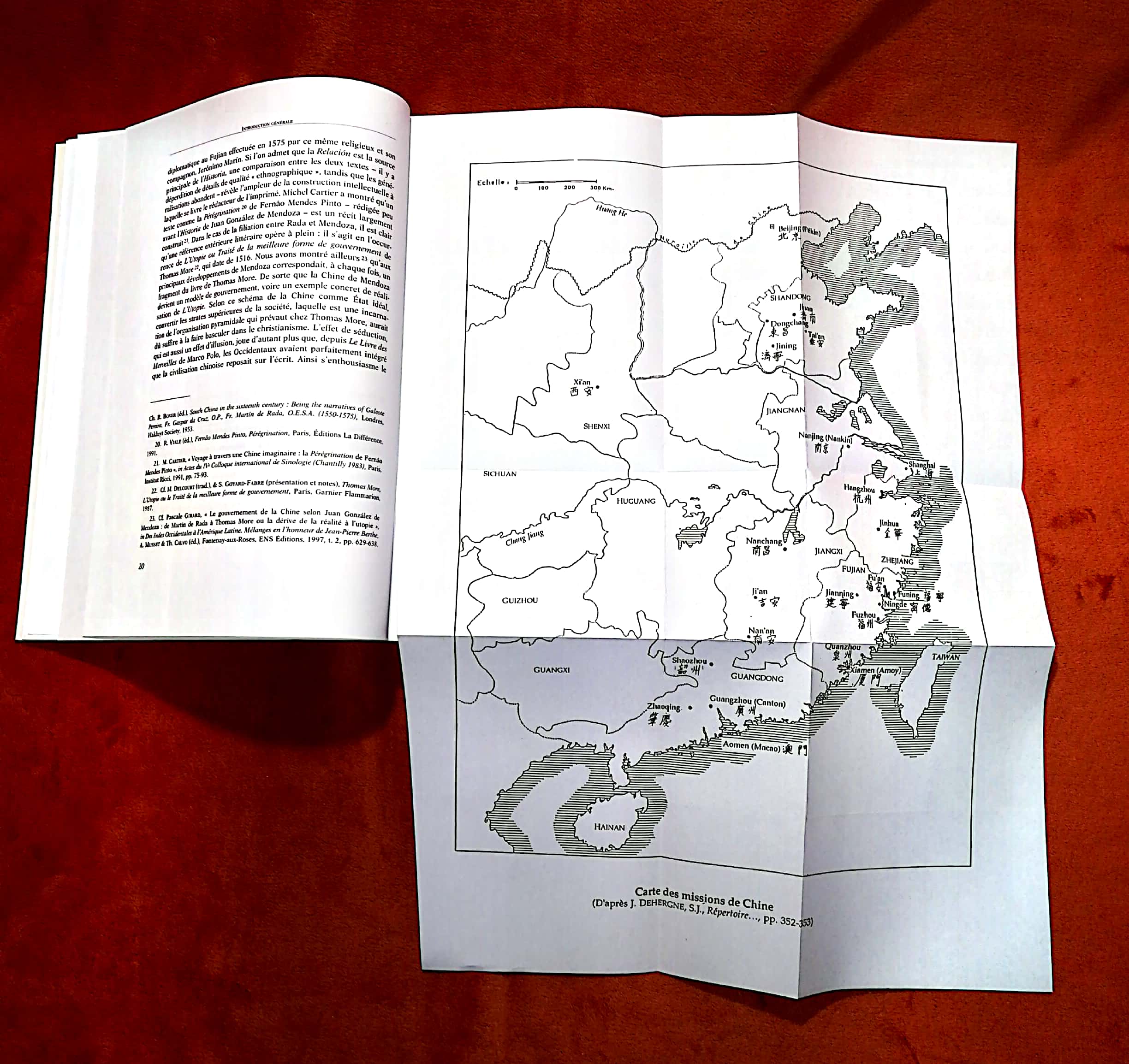
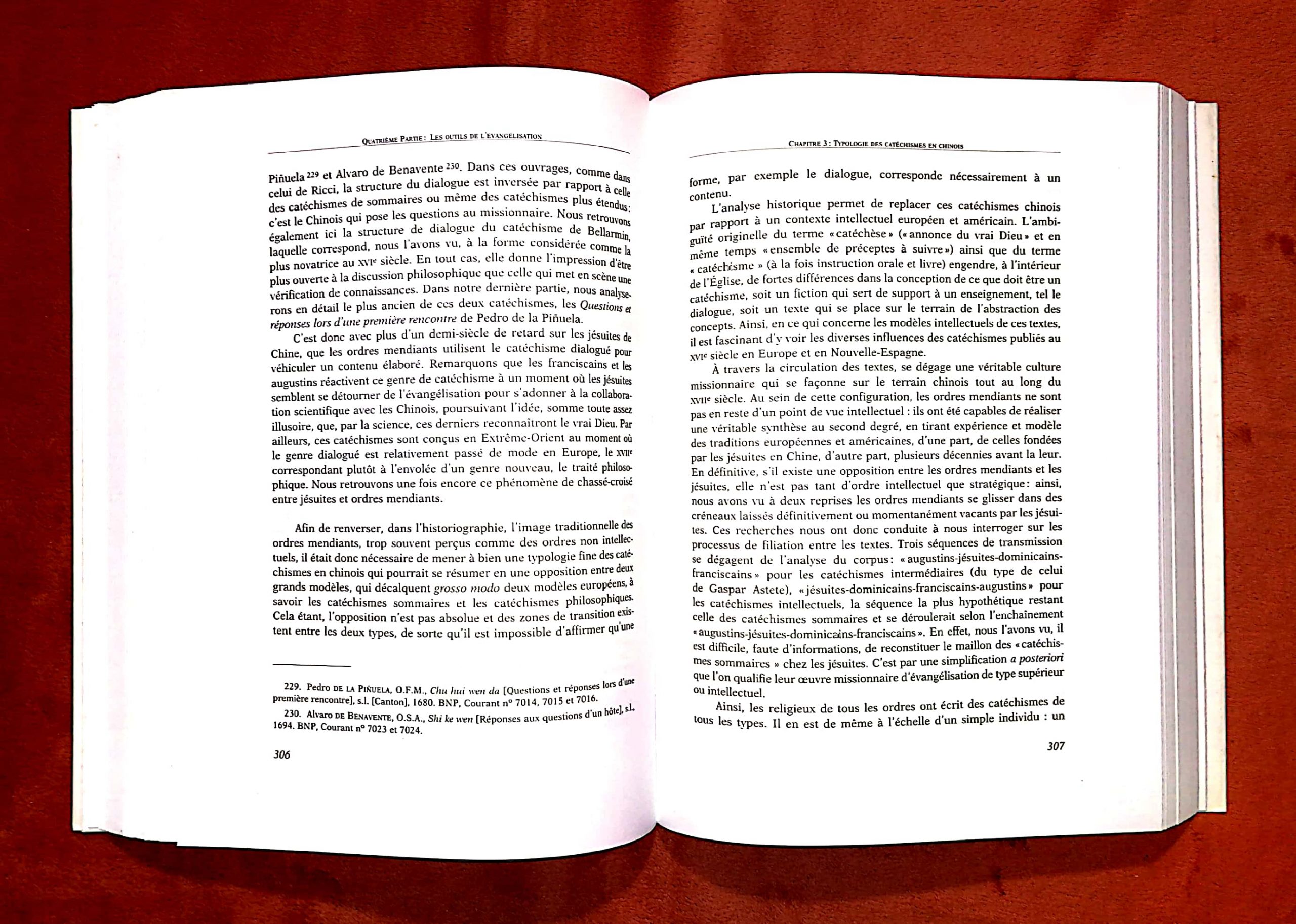



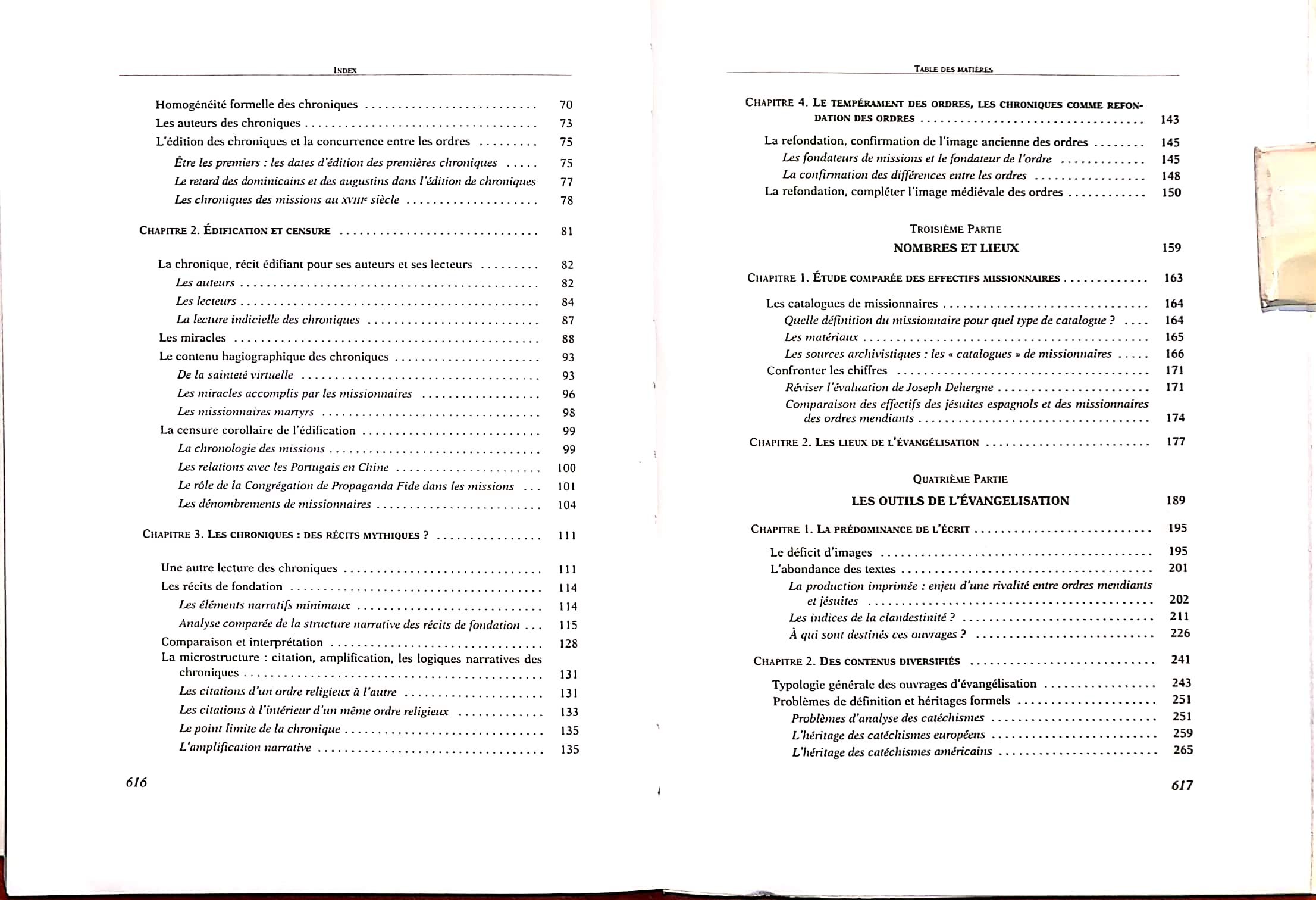



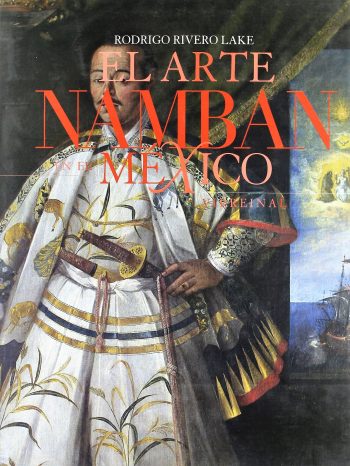
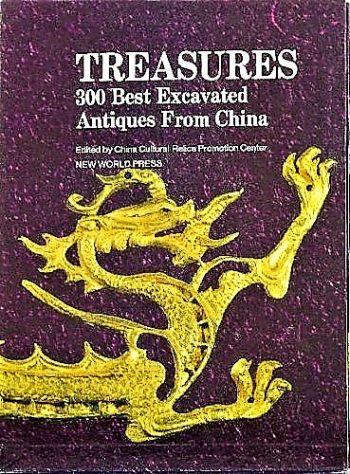
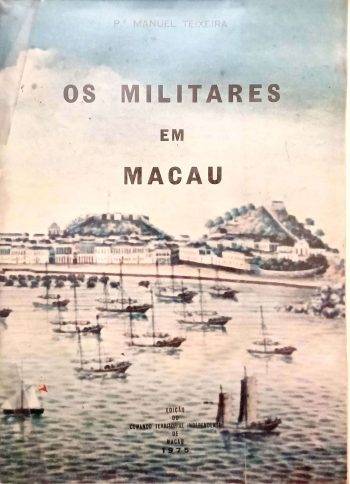
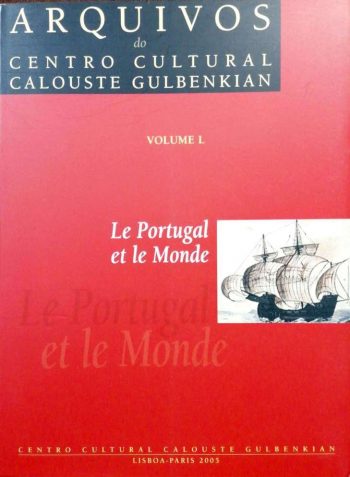
Reviews
There are no reviews yet.